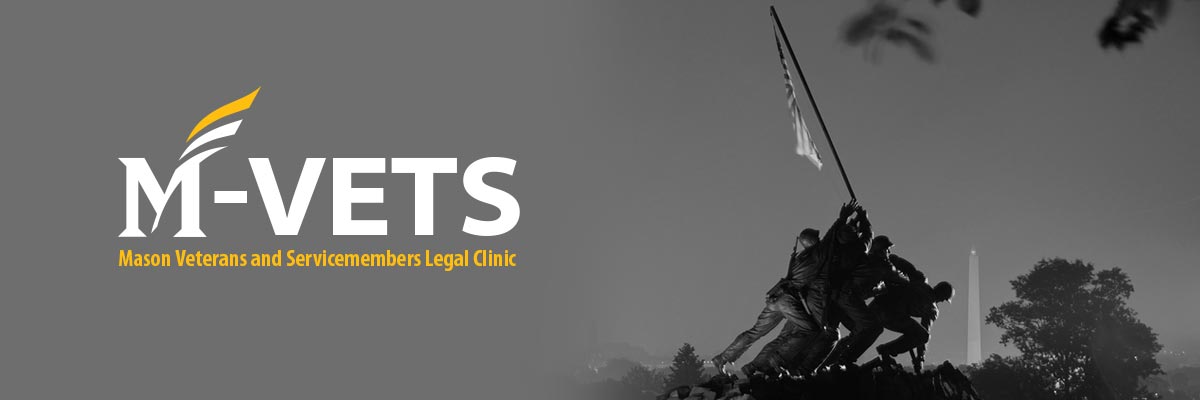By: Linda Santiago, CLASV Spring 2013 Student Advisor
Currently, one veteran commits suicide every 80 minutes. Some estimates state that 150,000 Vietnam Veterans have committed suicide. This is not a new problem, but rather an enduring one. What can be done to address this epidemic?
Authors from a recent Philly op-ed cite to statistics showing that 22 veterans take their lives every day – 70 percent over 50 years old.[1] The actual number or rate of veteran suicides, however, is not known because no nationwide surveillance system for suicide among all veterans exists.[2] Nonetheless, we can probably agree that any number of veteran suicides is too high.
The Philly op-ed authors explain that four factors contribute to veterans’ emotional devastation– first, war is vile, replete with death, violence, and maiming; second, veterans returning home from war feel isolated from their families and society who cannot relate to their war experiences; third, veterans are mislabeled as “mentally ill” and society assumes veterans can only be helped by drugs and therapists; and last, veterans’ suffering and isolation are worsened by taking a cocktail of prescribed drugs to treat their “mental illness.” The authors argue that one way to help veterans is to stop mislabeling them as mentally ill and rather, integrate them back into society through community-related activities (e.g., mentoring, volunteering, sports, political advocacy, etc.).
President Barack Obama offers alternative solutions as well. Last August he signed an Executive Order – “Improving Access to Mental Health Services for Veterans, Service Members, and Military Families.”[3] To prevent veteran suicide, the President directed the Department of Veterans Affairs to increase the capacity of its crisis hotline by 50 percent; ensure that any veteran identifying himself/herself as being in crisis connects with a mental health professional or trained mental health worker within 24 hours or less; hire new mental health professionals; implement a national suicide prevention campaign focused on connecting veterans and service members to mental health services; and review existing mental health and substance abuse prevention programs to identify those programs which are the most effective.
The palliative actions set forth in the Executive Order, however, fail to address the underlying factors raised by the Philly op-ed authors, which lead to high numbers of veteran suicides. Identification of disorders (e.g., Posttraumatic Stress Disorder; Traumatic Brain Injury; Clinical Depression; Alcohol or Drug Addiction; Bipolar Disorder; Schizophrenia, etc.) that are associated with an elevated suicide risk and correct diagnosis are crucial to identifying the correct treatment for prevention of veteran suicides.[4]
While a clinical approach is needed, it must coincide with stepped up education of mental health professionals and the raising of public awareness to this dire situation. War has a very traumatic impact on human consciousness and the last thing a veteran needs is to be incorrectly labeled as mentally ill. The American populace needs to become more involved so as to remove any social stigma associated with the symptoms, emotions, and challenges a veteran experiences. Veterans need to feel safe and be reassured that what they are going through is normal and fixable. After all, it is our own Government’s doing in placing veterans in harm’s way. Our Government is indebted to these servicemen and women to make them feel whole again. Much can be done at the local, state, and Federal levels to ensure that these veterans have housing, economic security, employment opportunities, and a support network to remind them that we are in this together and that they are not alone.
[1] Paula J. Caplan and David Sutherland, Unseen Wounds, Philly Inquirer, Feb. 11, 2013, http://articles.philly.com/2013-02-11/news/37022089_1_department-of-veterans-affairs-million-veterans-war.
[2] Erin Bagalman, Suicide Prevention Efforts of the Veterans Health Administration, Congressional Research Service, Jan. 10, 2013, https://www.fas.org/sgp/crs/misc/R42340.pdf.
[3] The White House, Aug. 31, 2012, http://www.whitehouse.gov/the-press-office/2012/08/31/executive-order-improving-access-mental-health-services-veterans-service.
[4] Shaili Jain, MD, Preventing Veteran Suicide, PLOS Journals, Sept. 27, 2012, http://blogs.plos.org/mindthebrain/2012/09/27/preventing-veteran-suicide/.
The views and opinions expressed in this article are those of the author’s only and do not necessarily reflect the official policy or position of CLASV, George Mason University School of Law, George Mason University or any agency of the Commonwealth of Virginia.

